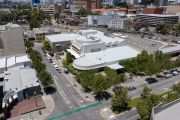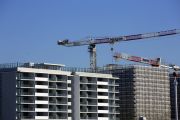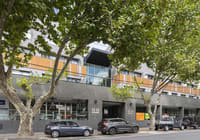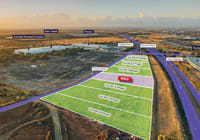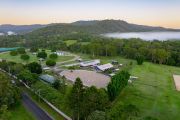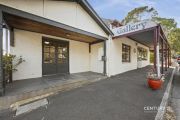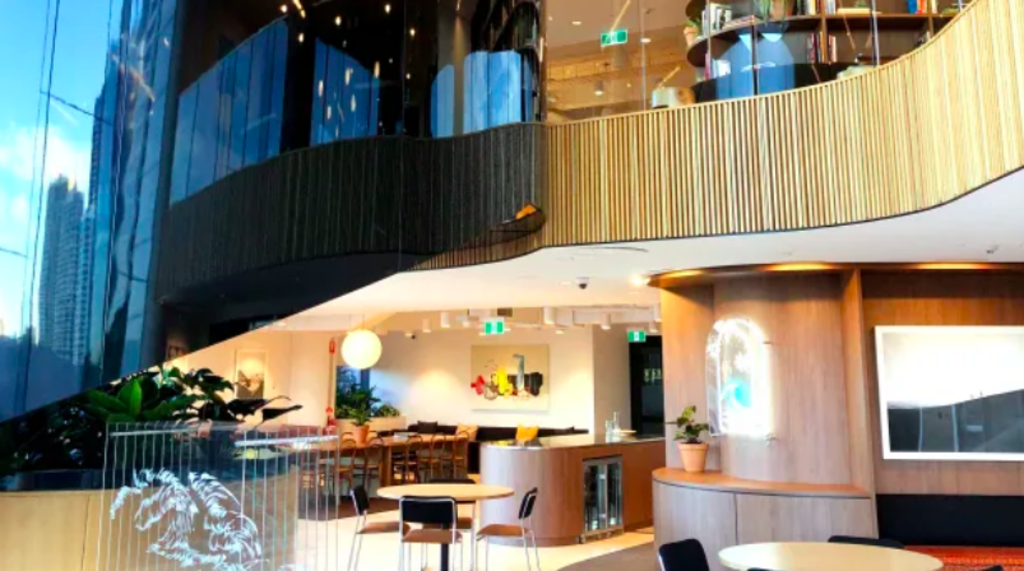
WeWork opens new location but foot traffic still down
WeWork is opening a new co-working space in Brisbane, and another two offices in Sydney will follow in the next two months despite foot traffic across the company’s offices still down to a quarter of pre-COVID-19 levels in some parts of the country.
WeWork’s newest location at 123 Eagle Street, in Brisbane’s golden triangle, is due to open on Wednesday – three months later than scheduled – occupying levels five to eight at the Riverside Centre and providing flexible office space to more than 900 members.
WeWork’s general manager for Australia and New Zealand, Balder Tol, said that although the company hadn’t anticipated a global pandemic when it decided to expand in Brisbane, he was confident about the timing of the opening.
“Obviously when we look at new sites it is about an 11- to 12-month process … but the good news is Brisbane as a city has COVID under control and in our other Brisbane locations we see our footfall increasing week on week, with the majority of the members back, so we are feeling fairly confident about opening this new site.”
The new office will be WeWork’s 19th location since it launched in Australia almost four years ago.
Two more locations in Sydney will open in the next two months: 320 Pitt Street in August and 66 King Street at the beginning of September.
Footfall across WeWork’s Australian locations has picked up since the height of the pandemic, when it was only 5 per cent. It has reached 80 per cent in Brisbane. In Sydney, however, it is still only about 25 per cent to 30 per cent of the usual numbers.
Challenges and opportunities
Mr Tol said there were encouraging signs in the market for the second half of the year.
“I still perceive challenges, especially in the small business segment, but in general we are carefully optimistic about the return to workplace with positive signs in the enterprise sector,” he said.
“There is an incredible amount of demand coming in around September for large requirements … enterprise organisations have obviously looked at their densities and really want to bring back their employee workforce but might not have the total commercial office space available to accommodate all of their employees.”
Mr Tol said there were no more expansion plans for the rest of the year but WeWork continued to evaluate markets, particularly Melbourne and Sydney where demand remained strong.
In its 2019 company results filed with the Australian Securities and Investments Commission in June, WeWork Australia warned the delays in new office openings and sales trends would have a negative affect on its 2020 results.
“Obviously our initial budget is not something we are holding onto at the moment in our revenue forecasting,” Mr Tol added.
He said while COVID-19 was “an incredibly fluid situation”, WeWork was focusing on what its members wanted from their office space.
“There are three key pillars: increasing sanitisation of high touch points like common pantries or printers in addition to prioritising personal space and implementing behavioural signage so members can work in a clean and safe environment.”

